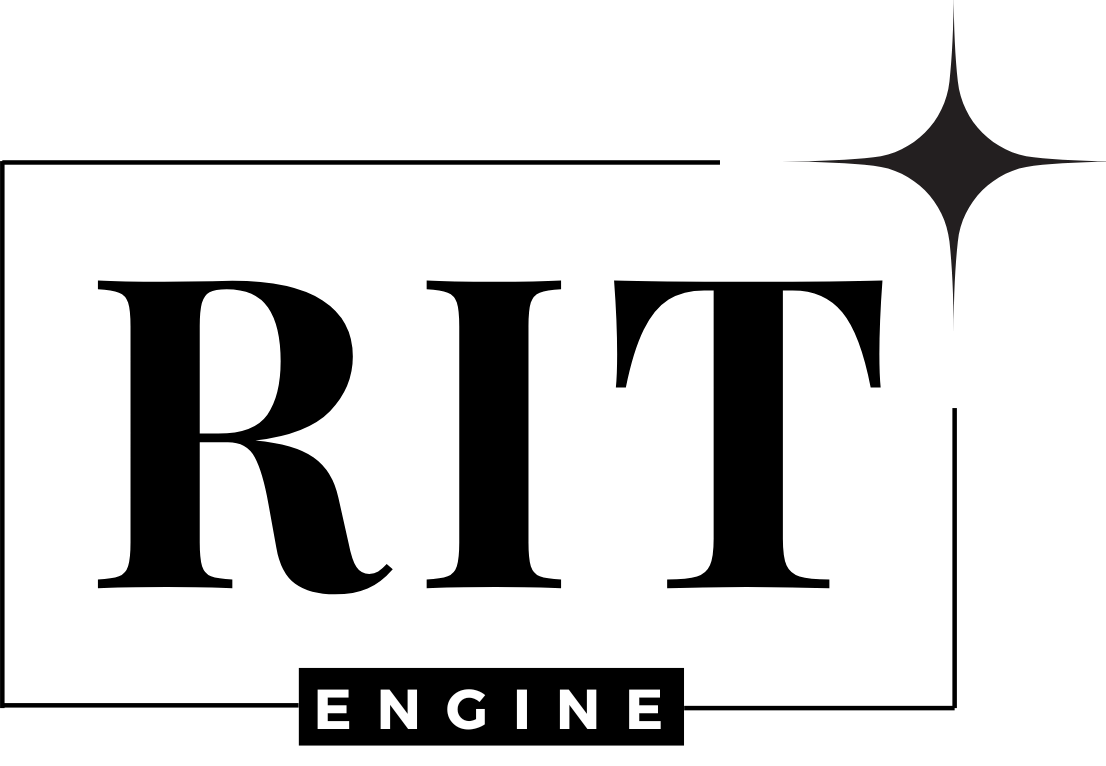Die Casting Services
- Aluminium, Zinc Alloys
- Hot Chamber & Cold Chamber Die Casting
- Tool manufacturing in up to 12-20 days
- Ideal for serial production of metal parts
Process of Die Casting
IFIA RIT works with partners with the latest die casting technology to deliver high quality, on-demand parts. Our typical tolerance accuracy ranges from ±0.0762 mm to ±0.127 mm for aluminium and zinc, depending on customer specifications.
Hot chamber casting, also referred to as gooseneck casting, is the most ubiquitous die casting process. In this process, the injection mechanism’s chamber is submerged in molten metal and the “gooseneck” metal supply structure guides the molten metal into the die cavity.
Cold chamber die casting is commonly employed to reduce machine corrosion. The liquified metal is loaded directly into the injection setup, removing the need to submerge the injection mechanism into the molten metal.
Advantages of Die Casting with IFIA RIT
Rapid Turnaround
We offer fast mould lead times: in as fast as 12 business days for rapid tooling and up to 20 days for production tooling.
Serial Production
Ideal for the production starting from 100 parts.
Endless Options
Several different materials for dozens of combinations of finishes, tolerances and markings. We also offer material certifications, inspections and measurement reports.

In-house quality control
Strict in-house QC to ensure your parts are flawless.
Die Casting Materials
Aluminium
- Aluminium 46100 / ADC12 / A383 / Al-Si11Cu3
- Aluminium 46500 / A380 / Al-Si8Cu3
Zinc
- Zamak 2
- Zamak 3
- Zamak 4
- Zamak 5
- Zamak 7
Die Casting Finishing Options
As-Cast
Parts made from zinc and zinc-aluminium have a fair resistance to corrosion as-cast and can be left in this state. On the other hand, magnesium and aluminium require a coating to be corrosion resistant.
Anodising (Type II or Type III)
Aluminium parts are usually anodised. Type II (sulphuric acid) anodising results in a corrosion-resistant oxide finish on the part’s surface. Parts may be anodised in various colours, with black, gold, clear, and red.
Type III (hard) anodising results in a thicker surface layer and produces a wear-resistant layer along with the corrosion resistance obtainable in type II anodising. Anodised parts do not conduct electricity.
Powder Coating
All parts produced from die casting undergo powder coating. In this process, a part is electrostatically sprayed with powdered paint and subsequently baked in an oven.
Custom Finish
Additional processing and finishes on request.

